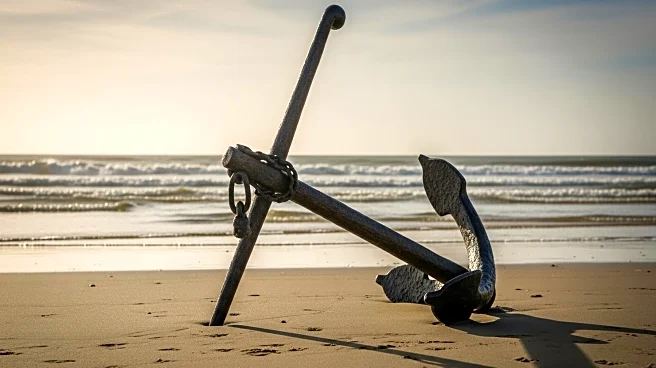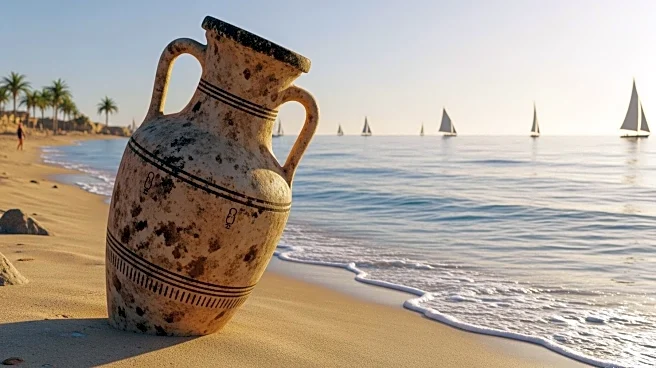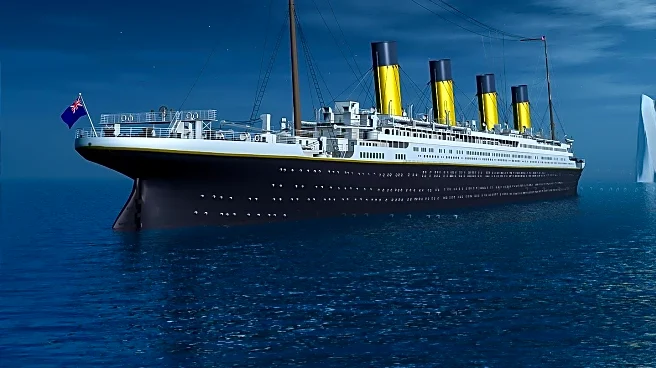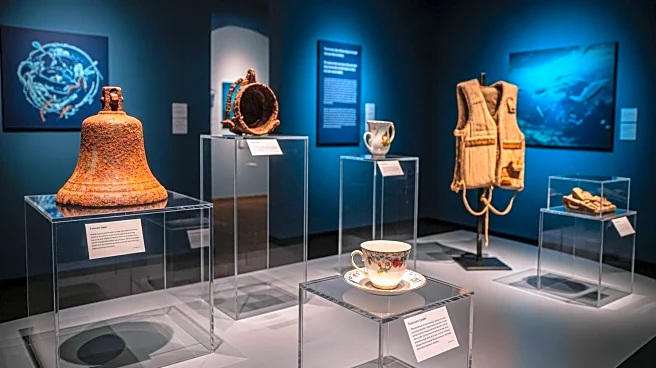What's Happening?
Researchers have published a study in the International Journal of Nautical Archaeology detailing the Gribshunden, a Danish-Norwegian flagship that sank over five centuries ago off the coast of Sweden. The shipwreck, discovered by scuba divers in 1971, is considered the best-preserved vessel from the Age of Exploration. The study highlights the ship's artillery, including small-caliber guns used for close-range combat. The Gribshunden was built between 1483 and 1484 and served as a floating castle for King Hans of Denmark and Norway, who used it to consolidate his rule through diplomatic and military means. The ship sank in 1495 due to a fire while anchored off Ronneby, Sweden.
Why It's Important?
The study of the Gribshunden provides significant insights into naval warfare and shipbuilding during the late medieval period. It offers a rare glimpse into the technological advancements of the time, particularly in the integration of ships and artillery. This research contributes to the understanding of how European nations expanded their influence globally during the Age of Exploration. The preservation of the ship's structure and artillery elements allows historians and archaeologists to better understand the socio-political dynamics of the era, including the use of naval power to exert control and influence.
What's Next?
Further archaeological investigations and studies of the Gribshunden may continue to reveal more about the ship's construction and its role in European history. Researchers might explore additional shipwrecks from the same period to compare technological advancements and strategies used by different nations. The findings could influence future maritime archaeology projects and contribute to the preservation of underwater cultural heritage.
Beyond the Headlines
The discovery and study of the Gribshunden highlight the ethical considerations in preserving historical artifacts and shipwrecks. It raises questions about the ownership and management of underwater cultural heritage, especially in international waters. The research also underscores the importance of collaboration between countries in sharing knowledge and resources to protect and study historical sites.












